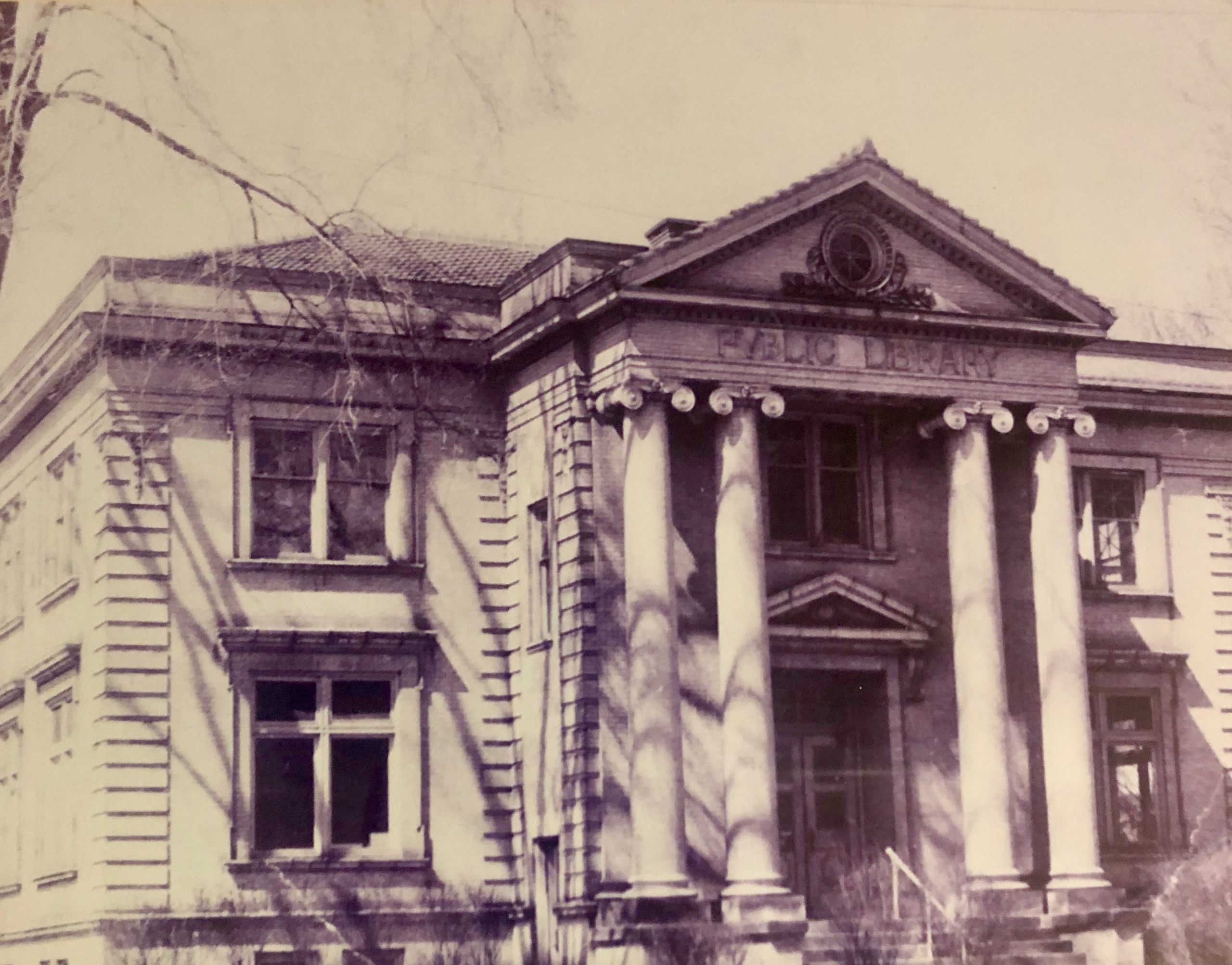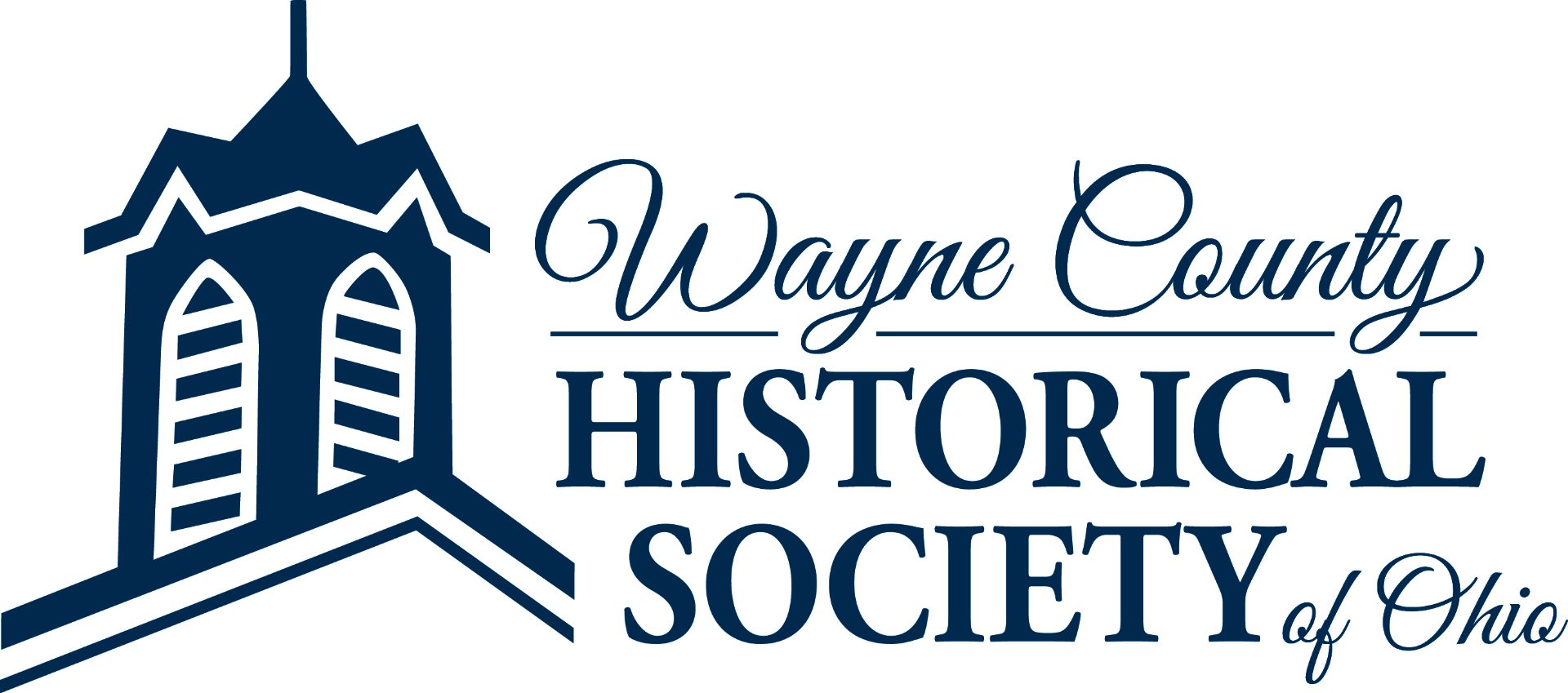
History of Wooster and Wayne County
Two thousand years ago, Ohio was the epicenter of North America.1 The Hopewell and Adena cultures built numerous burial and ceremonial mounds throughout Ohio, including Wayne County.2 Mound building cultures declined largely because of the introduction of European diseases. By the mid-1700s, new Native Nations moved to the area. Some members of the Delaware Nation (Lenni Lenapé ), originally from the New York area, made a forced migration to the upper Ohio River Valley. A combination of war, coercive treaties, and oppressive laws prompted their move. They carried with them democratic and egalitarian sociopolitical structures. Leaders (sachem) consulted elders who advocated for the expectations of all of the Lenapé before making diplomatic decisions.3
The Lenapé also participated in active long-distance trade networks that intersected with Wayne County. Native American trading routes in the area are the Peace Trail or Kilbuck Path (now Route 83), Great Trail, (now Route 50), and War Trail (now Route 585).4 Various Native Nations used these trails as hunting grounds and for trading. These trails were also instrumental once settlers moved in. Settlers utilized them to travel faster in the new terrain and eventually established permanent roadways once they built their own settlements.
Early settlers arrived in the area in 1796. In 1808, John Bever, William Henry, and Joseph Larwill formally established Wooster, naming it in honor of Major General David Wooster, a soldier of the Revolutionary War. During the early stages of settlement, the new arrivals created a small agricultural community. The largest industry in Wayne County continued to be agriculture. In 1841, about 20% of the population of Wayne County listed their profession as agriculture and this trend continued well into the twentieth century.
The Ohio Agricultural Experiment Station was relocated to Wooster, OH in 1892, when the first full time director, Charles Thorne, requested that the station be separated from the University in Columbus due to political and economic reasons. The name was changed to the Ohio Agricultural Research and Development Center (OARDC) in 1965 and the center officially merged with The Ohio State University in 1982, 100 years after the station was first established. This cemented Wooster’s legacy as an important area for agricultural production and research in Ohio.5
The city of Wooster, current population 26,000, has grown from an agricultural community to being a home for many industrial entities such as Buehler’s Food Markets, Wooster Brush, Seaman Corp., Tricor Industrial, Wooster Motor Ways, and Certified Beef Angus, which all have corporate headquarters in the city. Wooster has still kept its roots to agriculture through the local food community. At present, there are over 150 local farmers and producers, many of whom sell their products at Local Roots. Local Roots is a collective year round farmer’s market for locally produced goods and has garnered national attention for its innovative effort.6 Wooster has grown a significant amount since its early years.
History of The Wayne County Historical Society
The Wayne County museum began in 1904 when industrialist and philanthropist Andrew Carnegie awarded funding to build a library. It was one of almost 2,000 libraries nationwide financed by Carnegie. Once established, local businessman, George Swartz, presented the library with his collection of early household utensils. The donation jumpstarted the Wooster Museum housed within the library. Mr. Swartz served as the museum’s first curator. Other gifts soon followed. Later, through the efforts of Harold Arnold, the Wayne County Historical Society formalized on December 4th, 1954. By the end of 1955 over 500 citizens had become members of the Society. The society moved from its original location on the second floor in the old Carnegie library to the Beall house in 1954. Today, the Society still has a loyal following and continues to preserve the local history of Wayne County.
- “Virtual Explorations of the Ancient Ohio Valley.” EarthWorks. http://www.earthworks.uc.edu/.
- Ben Douglass, History of Wayne County: From the Days of Pioneers and First Settlers to the Present Times (Indianapolis: R. Douglass, 1878), 868; and Mills, Archeological Atlas of Ohio, 8
- Jean R. Soderlund, Lenape Country: Delaware Valley Society Before William Penn, (University of Pennsylvania Press, 2015) http://www.jstor.org/stable/j.ctt13x1nzp.
- Asche, J. L. Wayne County, Ohio.http://freepages.rootsweb.com/~henryhowesbook/genealogy/wayne.html.
- “Not a One Crop Town.” Wooster Digital History Project. http://woosterhistory.org/exhibits/show/early-agriculture/not-a-one-crop-town.
- “Local Roots Market & Cafe.” Local Roots. https://www.localrootswooster.com/.
